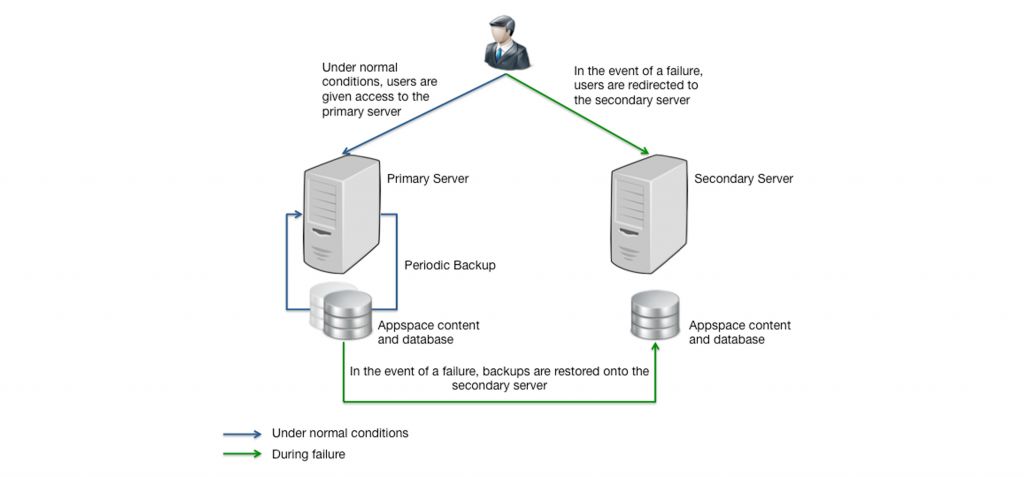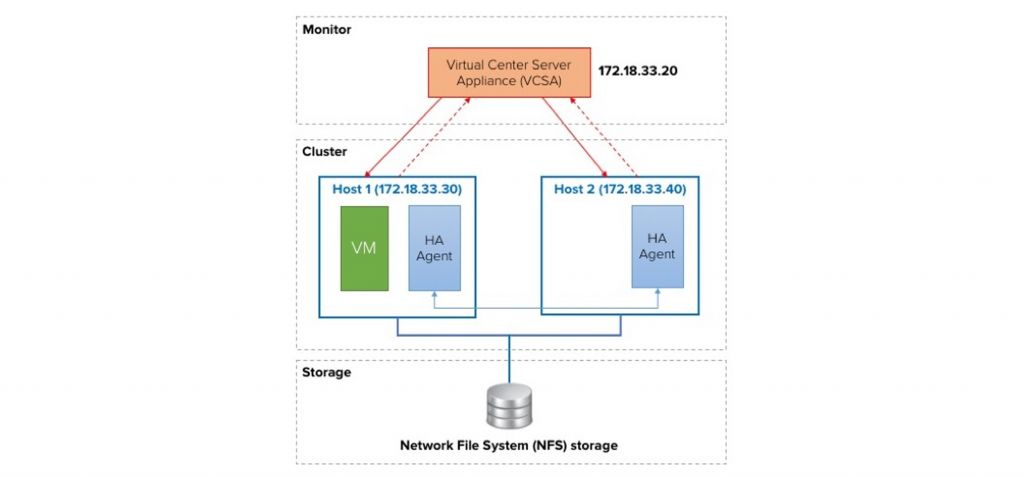What does cold standby, warm standby and hot standby mean?
Say you’re in the middle of something pretty important and you have utilised every weapon in your audiovisual arsenal and then, suddenly, everything goes dark. Whether you’re a tech whiz or an AV novice, this moment is enough to turn your stomach.
We’ve all been there, but how do you get back to where you were quickly with minimal interruption? Well, your standby latency can have a big impact on this.
It’s pretty useful to understand the importance of cold, warm and hot standby for your project. Your standby latency determines how quickly you can get your AV project up and running again after a power outage or an unexpected error, so it's vital you understand how to optimise your set-up to ensure swift recovery.
But what do these temperatures mean, and how can you optimise your latency? Well, we’ve got you covered. In this article, we’re going to take you through cold, warm and hot standby latency, what they mean and their importance.
Let’s go!

What does cold standby mean?
Cold standby latency may be the most cost-effective, but that’s about it in terms of its use. If you think of latency as the speed at which data is shipped back and forth to be backed up, a cold standby would see this data backed up significantly less than that of a warm or hot standby for example.
This means that when there is a sudden interruption, the system takes a very long time to get back up again.
Cold standby systems might be useful for less critical projects where data isn’t updated so frequently, so if there is a problem, then it isn’t such a disaster if the system takes a little while to get back on its feet!

What does warm standby mean?
Unlike its chillier sister system, warm standby systems are a little more proactive when it comes to getting data back up and running.
If you think of a warm standby system as a mirror, what it does is have a mirror system constantly running in the background, so in the event of a tech disaster, the backup system mirrors the primary system and all is well again!
However, the secondary system doesn’t back up as fast as a hot system does for example, so the data may be a little different at times if the backup hasn’t been quick enough before the technical fault.
It is still a better alternative to a cold standby system because cold standby systems only kick in when the primary system fails after an error, whereas a warm system is always there just in case.

What does hot standby mean?
For ultimate reliability, consider getting on board with a hot standby system. Hot standby systems are essentially failsafe systems used to get sites and applications back up super quickly.
It's a redundant method that runs an identical backup system constantly, bouncing data back super-fast, so in the event of system failure, both sites have identical data and can still deliver optimum quality whilst the primary system recovers. Hot standby systems can be used anywhere for any AV project, site or application.
In a nutshell: if you need a super-fast, reliable backup option, hot standby is the one for you!

What is the role and importance of cold, warm and hot standby in the AV industry?
Standby systems are extremely beneficial to the AV industry. The AV industry prides itself on presenting engaging quality content, so when systems go down, it's in its interest to get things running smoothly as soon as possible.
Take video walls, for example, video walls are used in pretty important places like transport settings to present platform and departure times to potentially hundreds of people at the same time.
So, having a backup system is super important to ensure that everyone receives vital information in the event of a technical issue. Here are some reasons why cold, warm and hot standby systems are useful to the AV industry:
Better engagement
We all know that presentations work better when everyone is engaged and attentive. So, when a major technical fault causes a problem, being able to get back up and running quickly helps to keep everyone engaged. Consider investing in hot or at least a warm standby system so everyone can get the full benefit of your AV project.
Optimised usage
Using a suitable backup system optimises your AV project and helps you create professional presentations. Even in the event of a total technological meltdown, your professional standard backup system helps you stay on topic and keeps your AV project alive.
It’s bound to turn some heads and impress your peers, which could help you secure some pretty cool business opportunities because let’s face it, who isn’t impressed by a super speedy backup system?
Increased reliability
Let’s face it, systems that kick themselves back into gear are just far more reliable than ones that don’t. Reliability in your AV project is crucial because you need to know that you can deliver all the vital information in your office or working environment at all times.
This is especially important for those using such systems in an office where lots of people rely on your AV system to get the vital information that they need for work. A reliable system keeps work flowing, keeps open channels of communication and stops any frustration building when technology just isn’t on your side.
Better user experience
Speaking of frustration, isn’t it so annoying when a system just stops working and feels like it takes forever to get going again. It’s a drag, and it significantly impacts your user experience. Well, a reliable standby system may just be the cherry on top of excellent user experience.
Systems that quickly backup data are likely to improve your user experience and help maintain your flow of information and ease that stomach-turning stress.